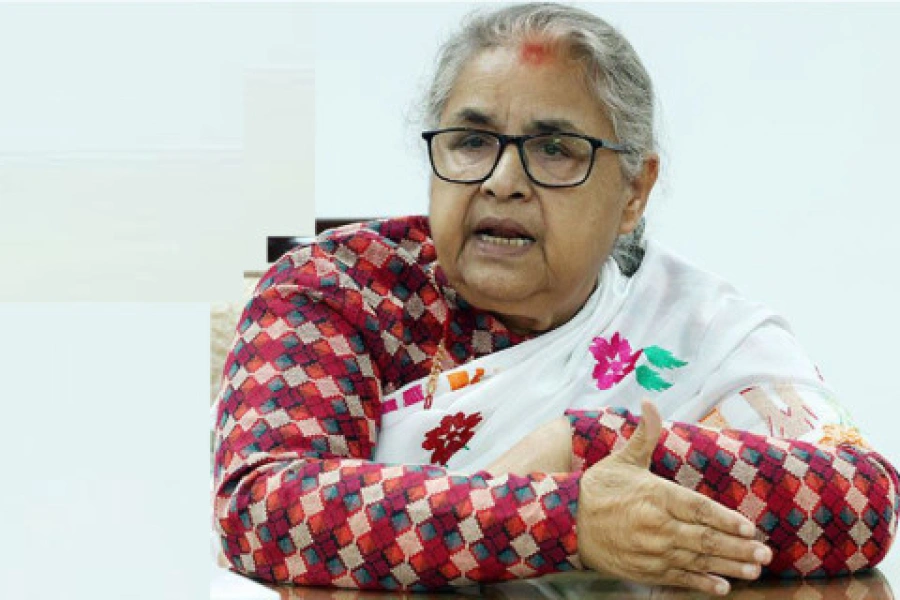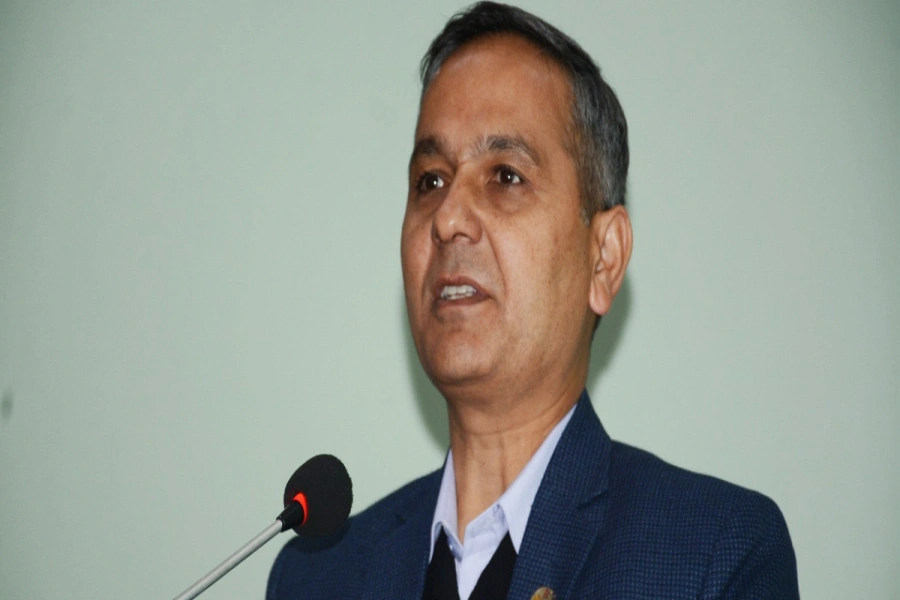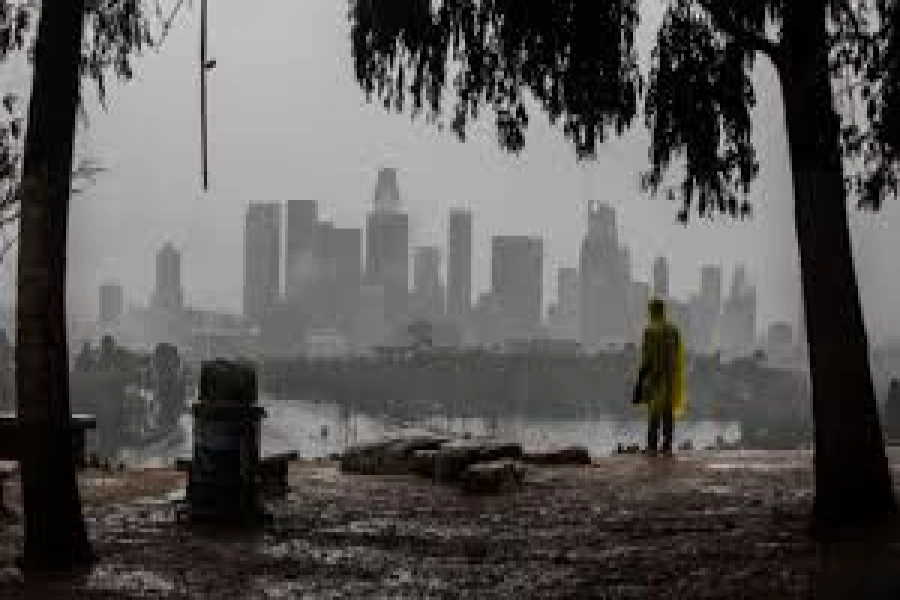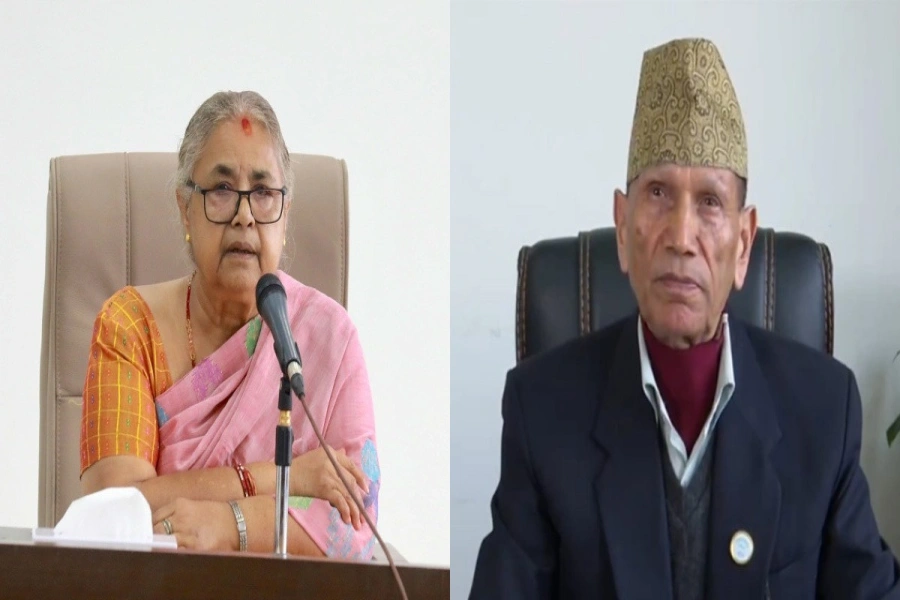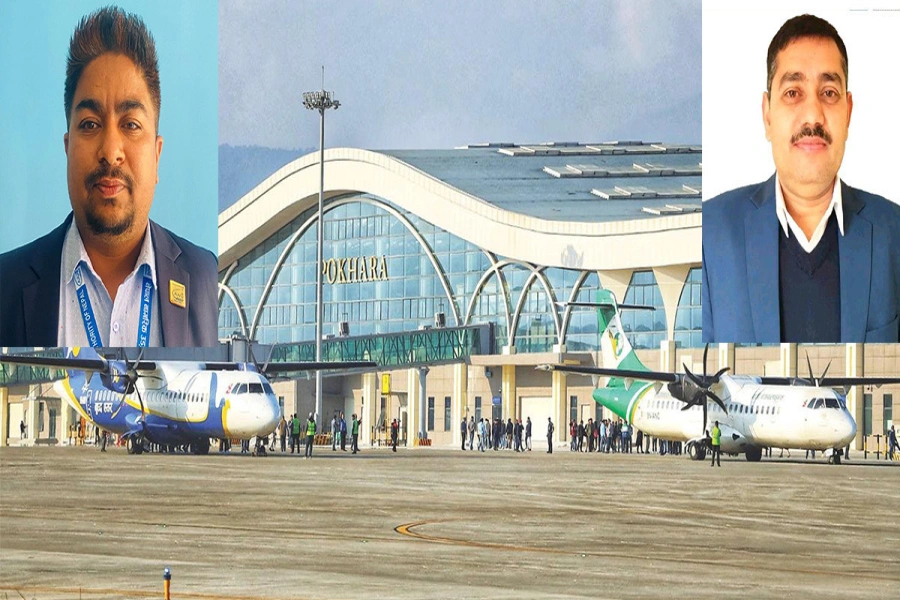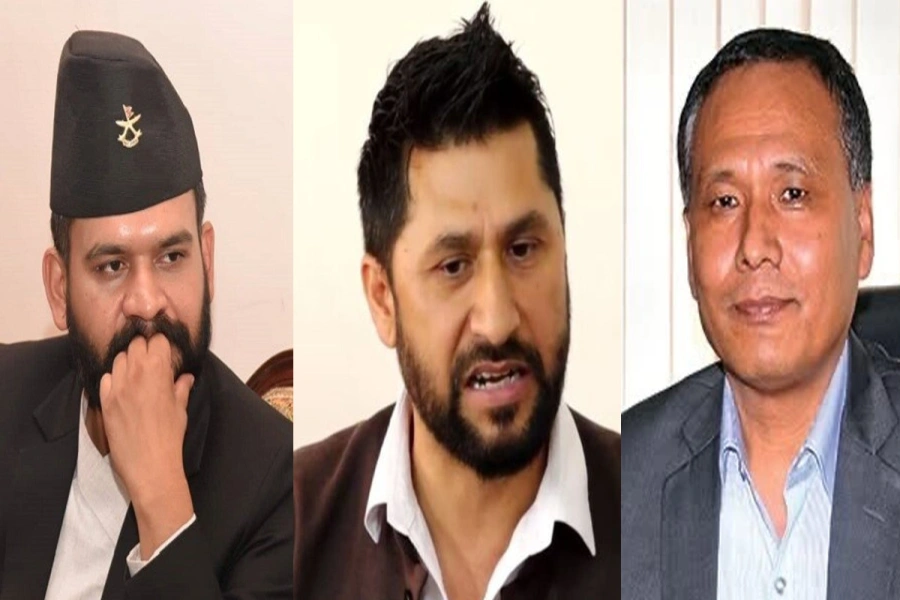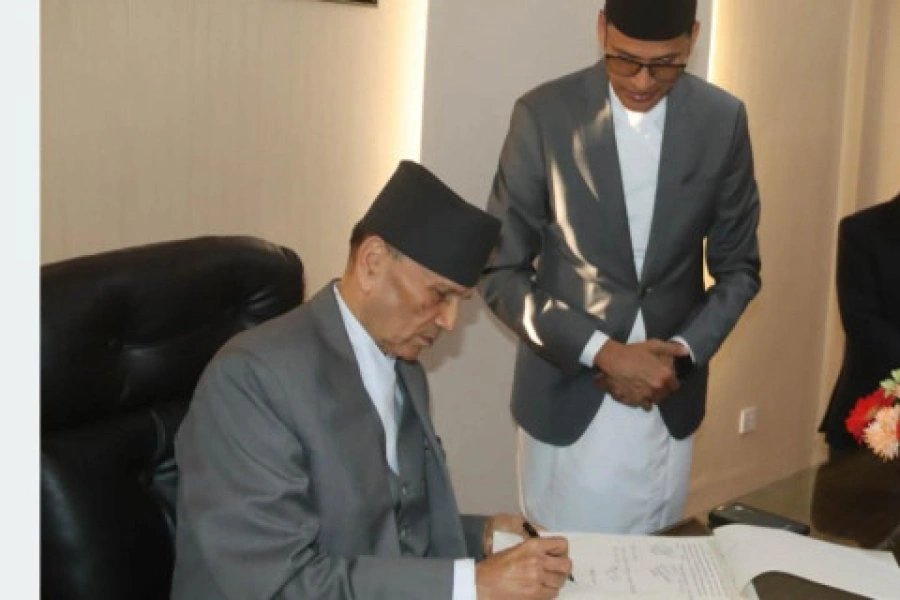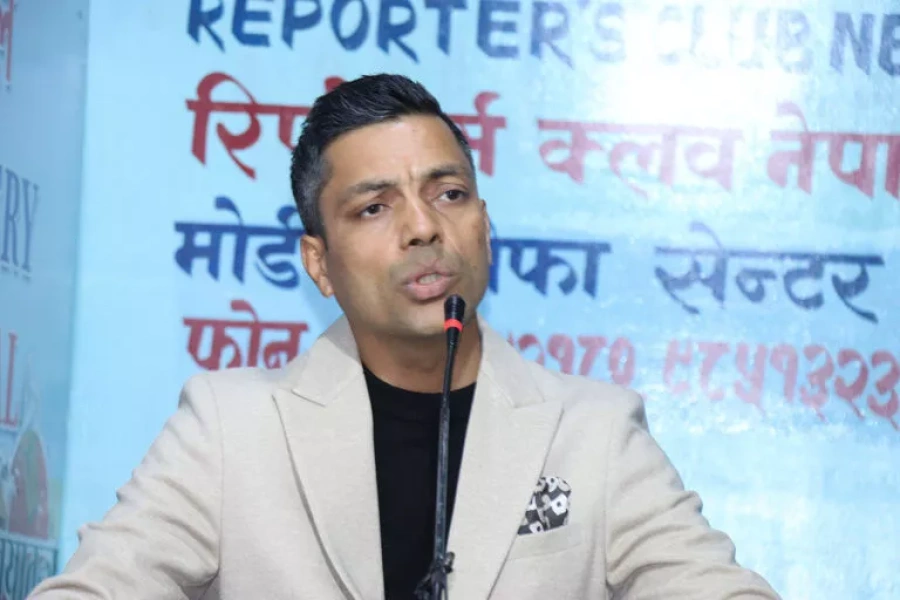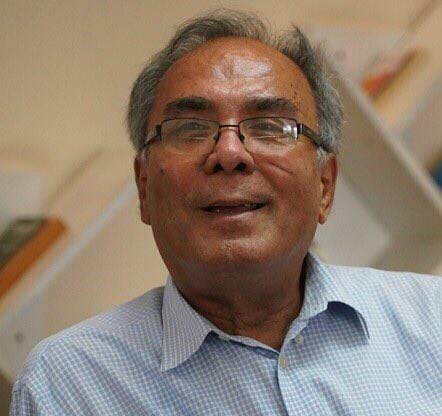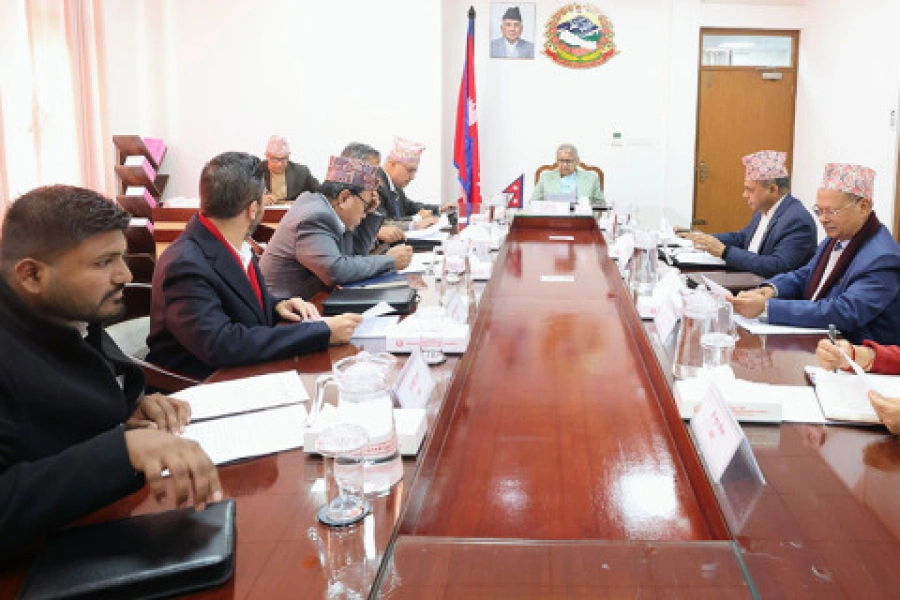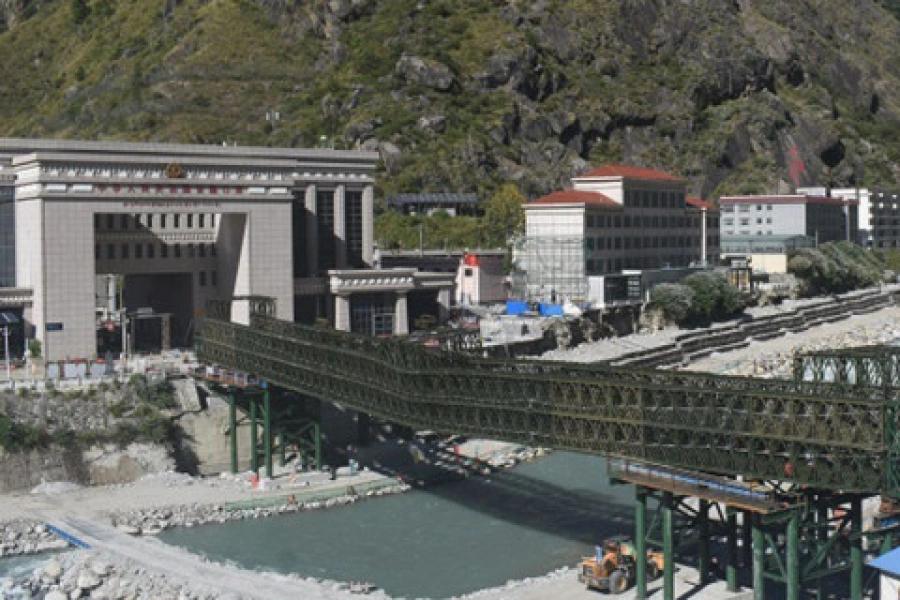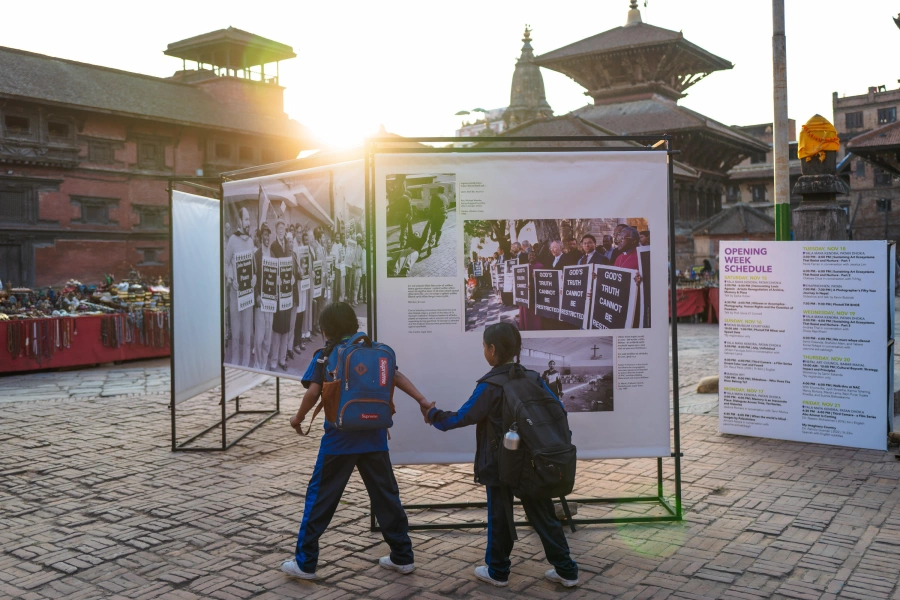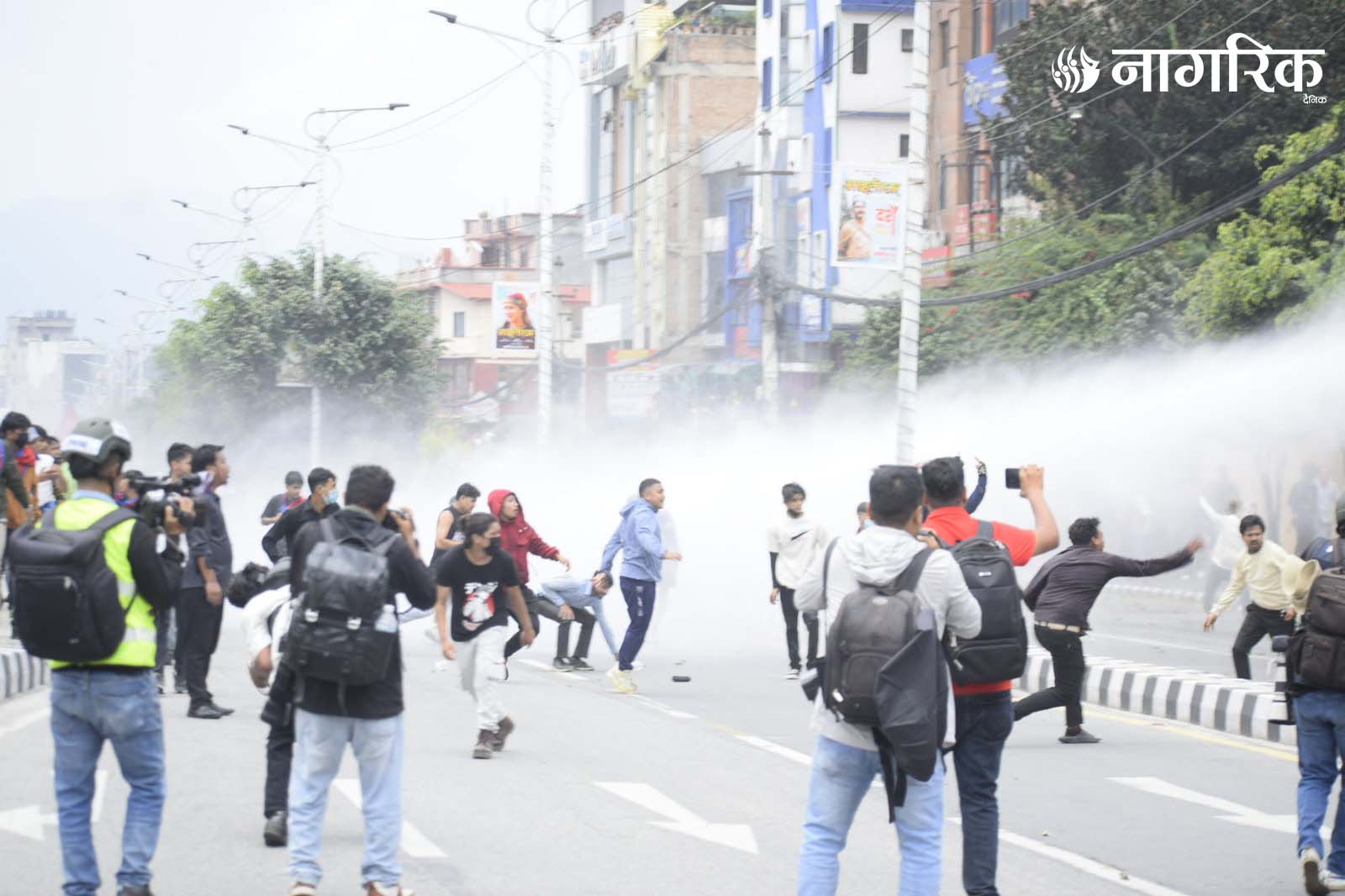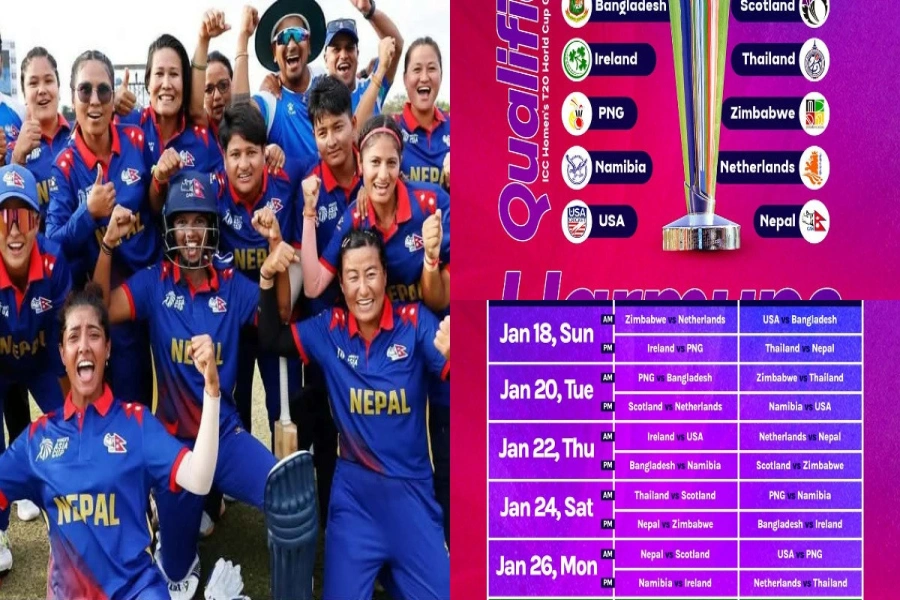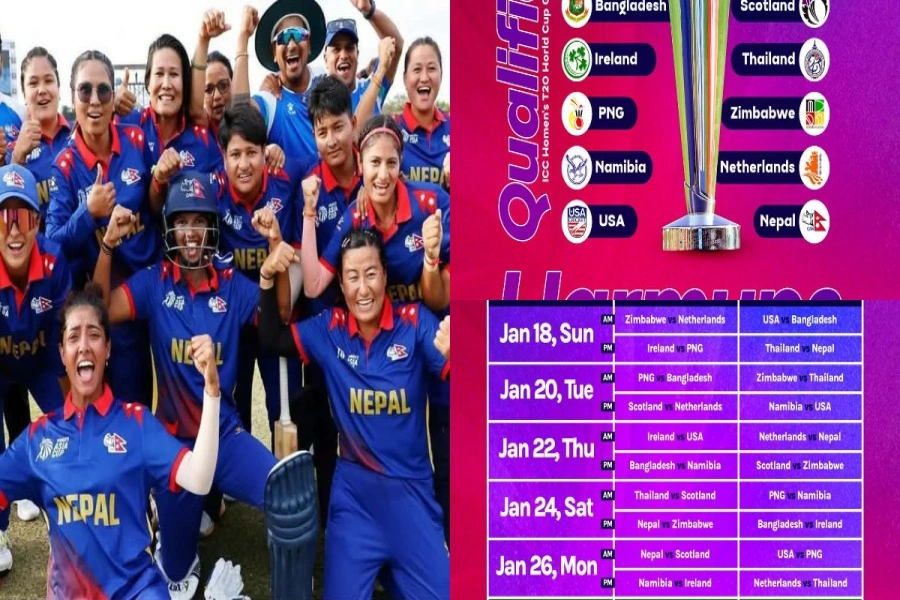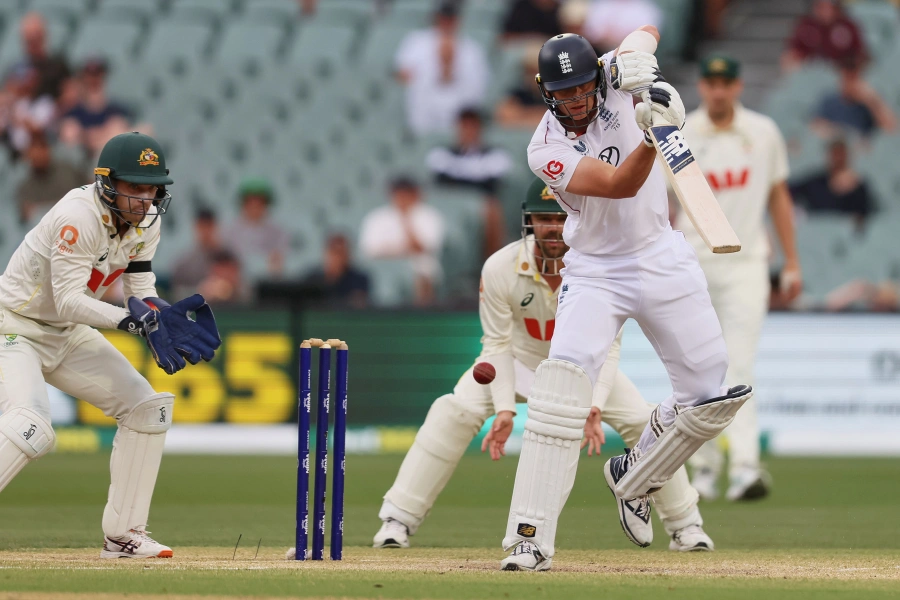Needless to say, most of the two-wheelers were used by the valley dwellers. By 2013, the number of registered two-wheelers has shot up to more than 500,000 in Bagmati.
It should hardly come as any surprise that two-wheelers have outnumbered other types of vehicles. Back in the 90s, two-wheelers would constitute barely 50 percent of the total vehicles. Today, they constitute over 80 percent. [break]
Even as the ratio of two-wheelers to other types of vehicles steadily grows, percentage of public vehicles -- bus, minibus, microbus and tempo -- continues to shrink. Today, only around two percent of the total vehicles are for public purpose. Two decades ago, nearly seven percent of the total vehicles served the public.
When Nepal´s first bus service was introduced in 1957, hardly any one rode motorcycles in the valley. Even until the 90s, only well-off people owned two-wheelers. People looked at motorcycles and scooters as luxury.
With the passing of time, two-wheelers were gradually seen as objects of necessity. Cashing in on the common people´s growing need for two-wheelers, several companies and cooperatives started helping them buy motorcycles and scooters on installments.
Although installment schemes seem to have fueled the exponential growth of two-wheelers, experts say it is, in fact, the government´s indifference toward improving public transport system that has caused private vehicles to outnumber public vehicles, particularly two-wheelers.
"The government has never felt the need to develop reliable, affordable and comfortable public transport service," says Mukunda Satyal, public transport management expert. "The mess that we now see on the roads is the result of the government´s indifference."
Sajha Yatayat and Trolley Bus Service are the only major initiatives that the government has taken so far to improve public transport service. But, both became defunct around a decade ago. Since then, quality of public transport service has been only deteriorating with old and outdated buses and tempos constituting a large chunk of the public vehicles.
The deteriorating quality of public transport service has not only forced the people to buy two-wheelers but also cars, jeeps and vans.
By the fiscal year 1989/90, there were 9,868 cars, jeeps and vans registered in Bagmati zone. This number has now shot up to 85,906. The growth rate of private vehicles like cars and jeeps has never been the same as that of two-wheelers. But, it is certainly higher than that of public vehicles like buses, mini buses and micro buses.
Traffic police inspector Sitaram Hachhethu, who has served in the Kathmandu Valley for the last 24 years, explains how dependence on private vehicles like two-wheelers and jeeps is bad for traffic.
"Around 60 people can travel by a public bus," says Hachhethu, explaining. "If they all ride motorcycles, they will certainly occupy more space on the road. Beside, in this case, chances of accident are also 60 times higher."
According to Hachhethu, a car is usually 14-feet long whereas the length of a bus is around 22 feet. This means that two cars occupy the space sufficient for one big bus. But, two cars usually carry just two people whereas one big bus can carry as many as 60 people.
"If we encourage more people to use public buses instead of private vehicles, traffic management would ease significantly," he says. "For this purpose, improvement of public transport service is very important."
We must develop reliable public transport system
Mukunda Raj Satyal
Public transport management expert
Two-wheelers have far outnumbered public vehicles in the Kathmandu Valley. It would not have been problematic if we had just a little more two-wheelers than public vehicles. But, the gap between two-wheelers and public vehicles has been too wide to not take it seriously. While public vehicles constitute just around 3 per cent of the total number of vehicles, two-wheelers make up more than 80 percent.
The exponential growth of two-wheelers has not only affected overall traffic management but also caused several problems. First, it has led to a very high rate of accidents in the Valley, where a majority of accidents are caused by two-wheeler riders. Second, two-wheelers are meant for individuals. This means that each individual needs a separate two-wheeler. Consequently, they consume more fossil fuel. Third, two-wheelers emit more smoke, adding to air pollution. They also cause sound-pollution.
I am not saying other modes of transportation do not cause air and sound pollution. They do. But, had all two-wheeler riders opted for public vehicles, especially big buses, consumption of fossil fuel would have been much less. Similarly, air and sound pollution would have been less, too.
The valley denizens´ dependence on two-wheelers has complicated traffic management. Unlike public vehicles, two-wheelers do not stick to certain routes. Two-wheeler riders go anywhere they like. They even enter into one-ways or restricted zones. If there were fewer two-wheelers on the road, we would not have required so many traffic police personnel.
But, two-wheeler riders cannot be faulted entirely. If we had a reliable, affordable and comfortable public transport system, not so many people would have owned two-wheelers. Today, we cannot depend on public transport to reach our destinations. So, we want to have our own vehicles. As not many people can buy cars, they buy either motorcycles or scooters.
Our government has never been serious about developing better public transport system and the whole problem stems from the failure to do so. But, it is not too late. In some South Asian cities, traffic management system has been tremendously improved. We can also set an example by improving our traffic management system. For this purpose, we first need to improve our public transport system. If public vehicles offer reliable and comfortable service, people automatically stop depending on two-wheelers.
(Based on conversation with Om Astha Rai)
Transport entrepreneurs suggest ways to improve public transpor...



